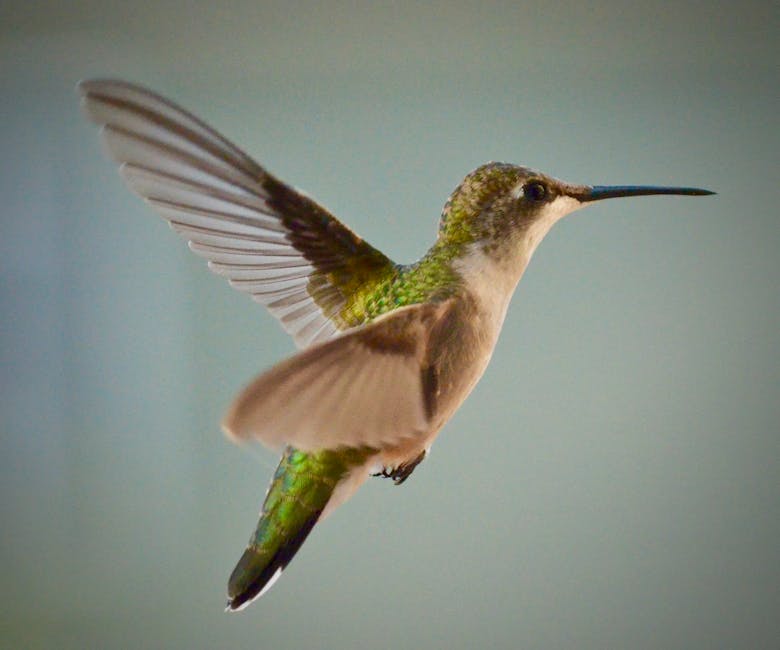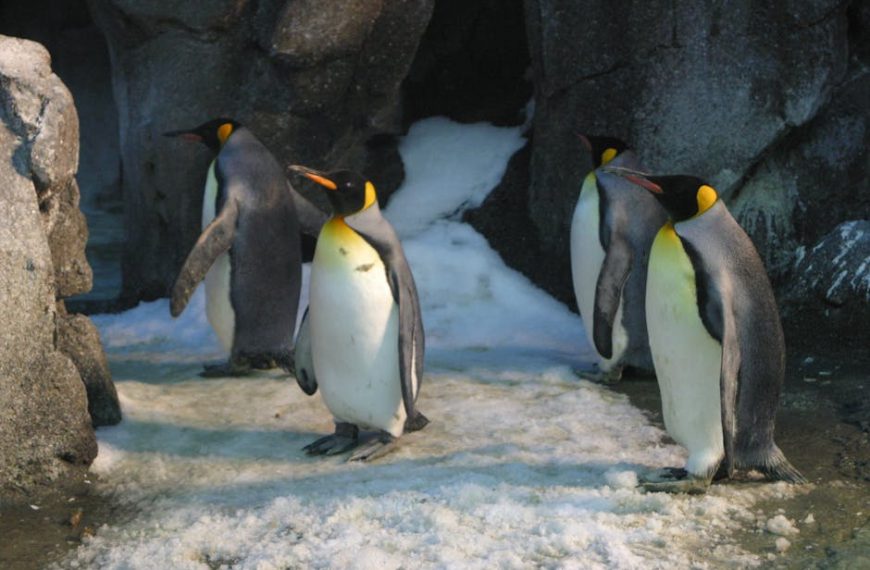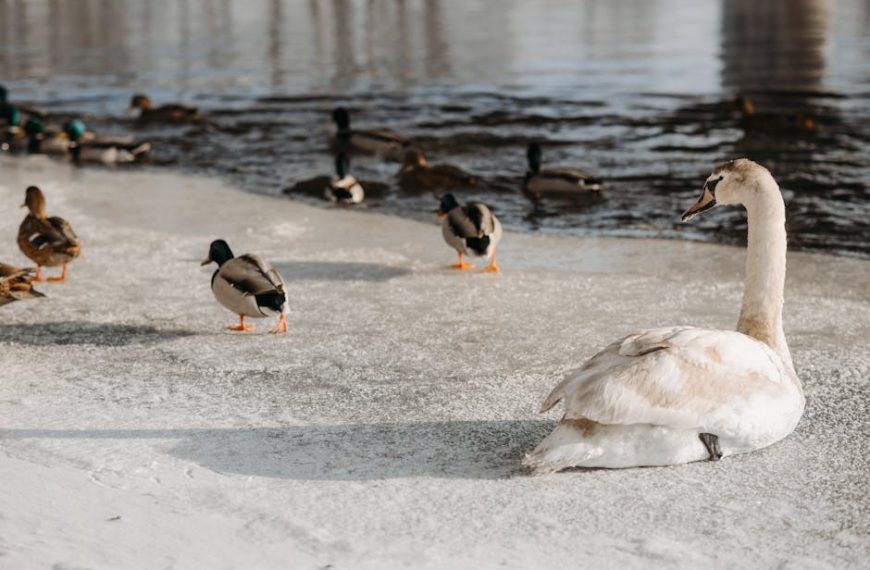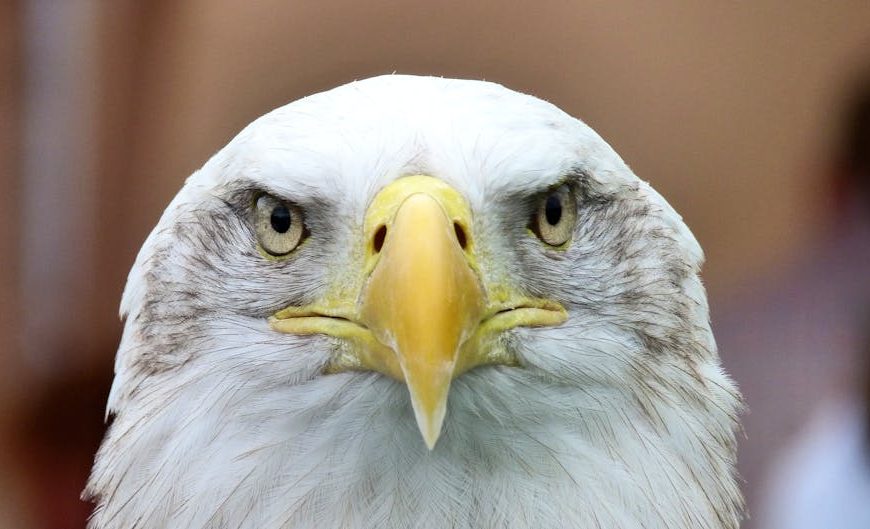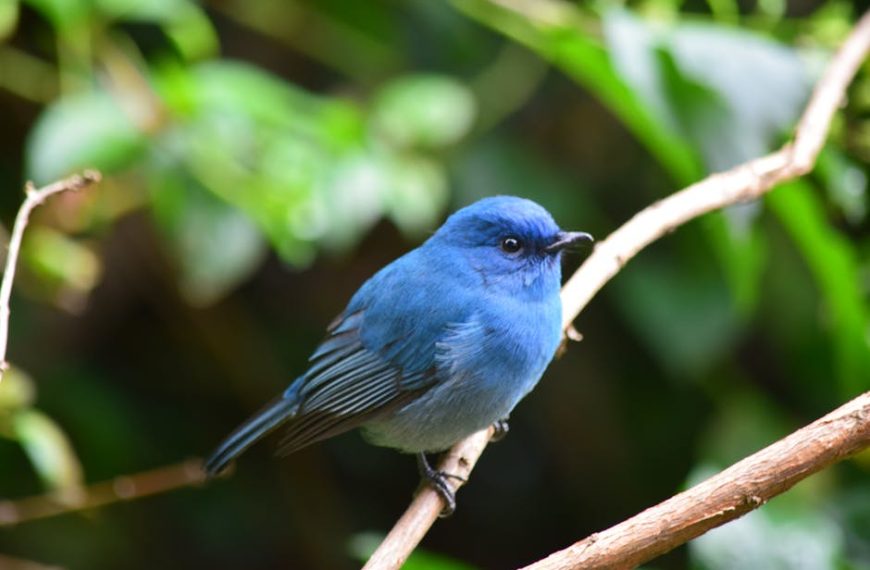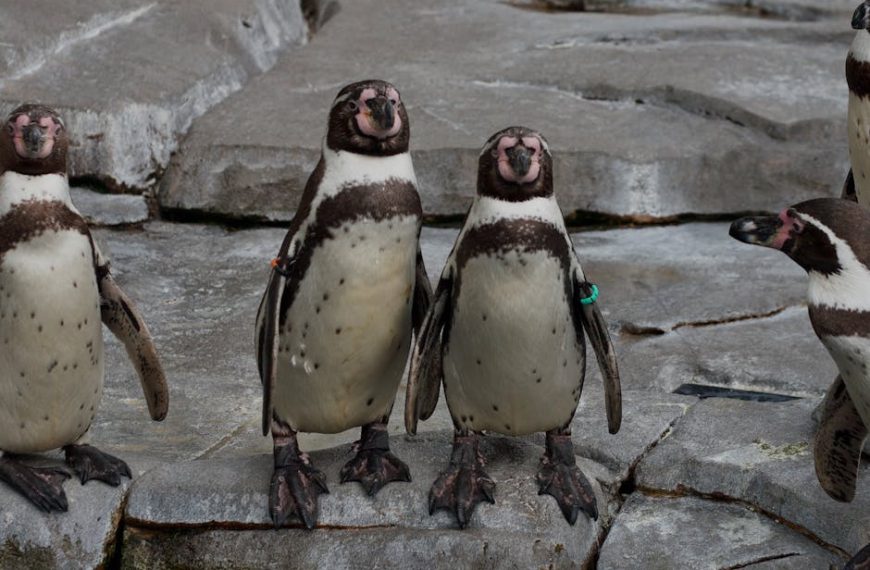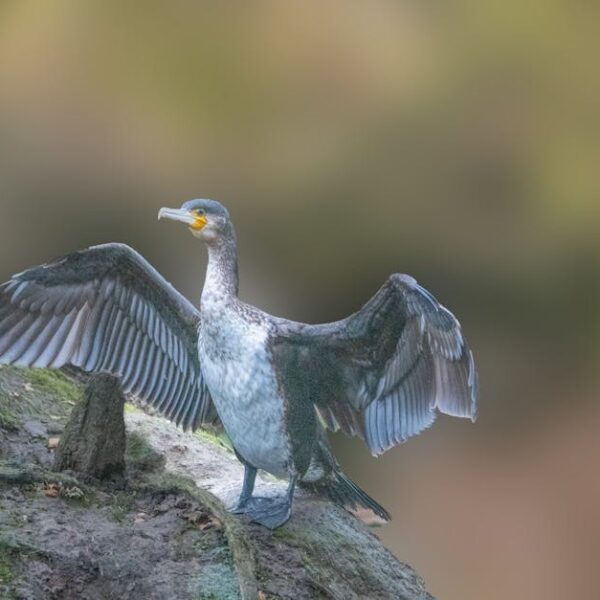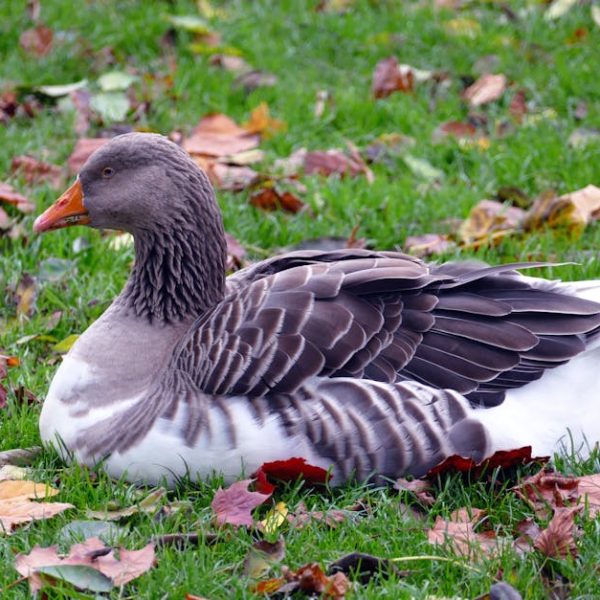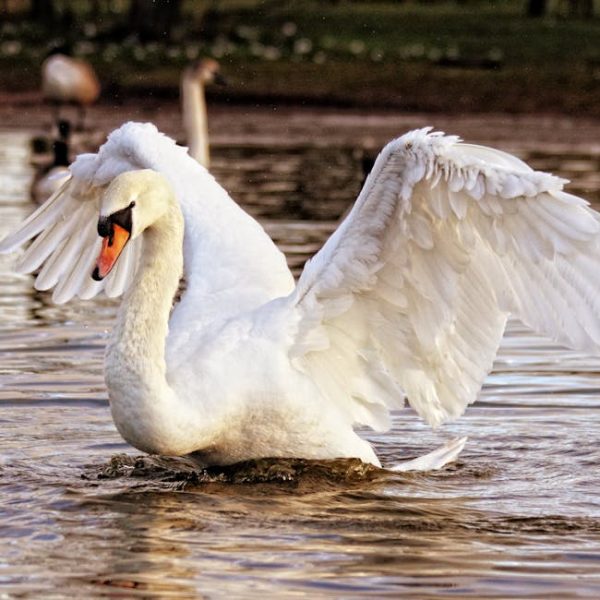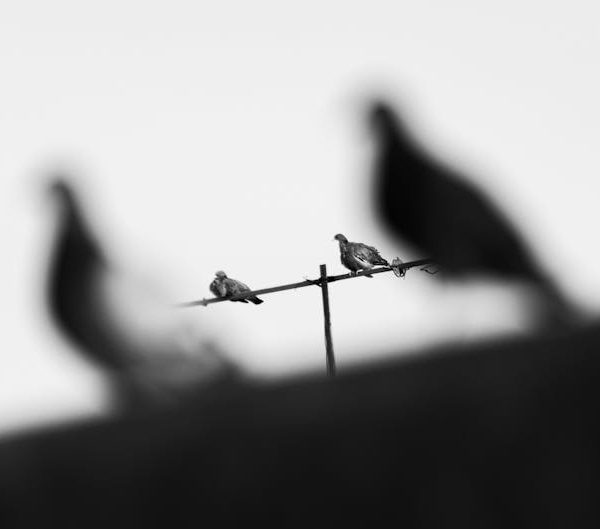In the vast color spectrum that avian species adorn, a standout hue is the astounding shade of pink. Several bird species, from the iconically pink flamingos to the rosy flair of Roseate Spoonbills, have been intriguing bird enthusiasts and scientists, leading to an interesting question: why are some birds pink?
The pink coloration in birds results from a fascinating interplay of diet, genetics, and the bird’s unique pigmentation process. These elements coalesce in nature’s fantastic artistry, resulting in magnificently pink-feathered avifauna. Within the scope of this article, we delve deeply into these significant aspects.
Pinking Biology: The Role of Diet in Bird Coloration
A bird’s diet plays a vital role in its coloration. It’s especially crucial for bird species that flaunt vivid colors, including pink. This coloration is largely influenced by certain pigments found in the food they consume.
For example, the pink color of flamingos and Roseate Spoonbills are largely tied to their diets. These birds consume a diet rich in carotenoids, which are pigments found in the algae and crustaceans that make up a substantial part of their diet. When digested, these pigments are broken down and absorbed into the bird’s fat layer and feathers, resulting in the pinkish-red hues we observe.
| Species | Diet | Resulting Coloration |
|---|---|---|
| Flamingos | Algae and crustaceans | Pink/Red |
| Roseate Spoonbill | Small fish and aquatic invertebrates | Pink/Red |
Famous Pink Feathers: Iconic Pink Bird Species
Several pink bird species mesmerize avian enthusiasts with their charm and distinct coloration. Among these, the Flamingos with their elegantly long necks and legs, and rosy plumes are the most iconic. Roseate Spoonbills, with their spoon-like bill, and Galahs, known for their pink and grey coloration, are some other notable mentions.
Pro tip: Popular habitats of these species include wetlands, estuaries, and coastal regions. Observers can enjoy these beautiful pink-feathered species in their natural habitats during the breeding season when their colors are often the most vibrant.
The underpinning reason behind their pink attire is the exciting intersection of biology, diet, and genetics, which we shall continue to explore in the next segments.
Genetics of Pink: Can Genetics Determine Bird Coloration?
While diet plays a significant role in a bird’s coloration, genetics certainly has a part in the process, as well. Numerous studies have shown that avian coloration can be influenced by genetic variations, determining which pigments an individual bird can produce or how pigments are distributed throughout their feathers.
However, the question of whether there are any genes specifically linked to pink coloration remains open for research. As with many aspects of genetics, it’s a complex area full of ongoing scientific discovery!
Checklist for understanding genetic influence on bird coloration:
– Evolutionary adaptations can lead different bird species to develop unique colors.
– Genetic mutations can sometimes cause unexpected feather colors.
– While there’s evidence of a genetic component, no genes are specifically associated with pink coloration just yet.
The Pigmentation Process: How Birds Turn Pink
Have you ever wondered how those carotenoids in the diet become a part of the bird’s feathers to present a pink hue? Well, it’s all down to the bird’s unique pigmentation process. Interestingly, as flamingos digest their food, the carotenoids they consume are broken down into pink and red pigments.
These pigments are then distributed into the bird’s tissues, including the feathers, which results in the beautiful pink we associate with these bird species.
Best practices for understanding bird color variation:
– Thoroughly research bird species before going bird-watching to know what to expect.
– Pay close attention not just to color, but also patterns on the bird’s feathers, which are equally influenced by diet and genetics.
– Always remember that the color you see can be influenced by lighting and your viewing angle.
Impact and Importance: Why Pink Coloration Matters in Bird Species
The pink coloration in birds isn’t merely for our viewing pleasure. Instead, it holds significant importance for the birds themselves. Pink feathers play a crucial role in many bird species’ survival strategies, such as mating and camouflage.
In the realm of bird mating rituals, the intensity of pink coloration often signifies health and suitability as a mate. The idea is simple: the healthier the bird (often defined by a diet rich in carotenoids), the brighter the pink!
Pro Tip: When bird watching, observe the behavior of pink birds during the breeding season. The intensity of their color might indicate their health status, giving you an insight into their mating rituals.
In conclusion, the mystery behind why some birds are pink unravels to be a fascinating journey through diet, genetics, pigmentation processes, and the impact these have on their survival. It’s truly an epitome of nature’s grandeur, isn’t it? So, the next time you spot a flamingo in its brilliant pink attire, you’ll appreciate not just its beauty but the remarkable science behind it.
Key Takeaway:
- Pink coloration in birds is determined by diet, genetics, and the bird’s pigmentation process.
- Certain diet parts including algae, crustaceans, and fish, rich in carotenoids, get broken down and absorbed into the bird’s system, leading to pink hues in their plumage.
- Genetics also play a role in the coloration of birds, though pink-linked genes are yet to be identified.
- The pigmentation process is a fascinating biological occurrence where carotenoids in consumed food are converted into pink and red pigments, coloring the bird’s feathers.
- Pink coloration holds significance in bird species’ survival strategies, playing a role in mating and camouflage.
The mystical pink hue in some bird species is a testament to the wonders of nature. It combines various biological phenomena, showcasing how simple factors like diet can result in vibrant color changes, impacting a bird’s survival tactics. Keep these insights in mind the next time you go bird-watching – they will enhance your experience and deepen your appreciation of these vibrant creatures.
FAQs
Q: Are there any health benefits for birds that are due to their pink coloration?
A: While no direct health benefits of pink coloration are known, a vibrant pink hue often indicates a healthy bird who has had a diet rich in carotenoids.
Q: Besides diet and genetics, are there any other factors that can affect a bird’s coloration?
A: Yes, factors such as the bird’s environment, age, and sex can also influence its coloration.
Q: Why don’t all birds turn pink if they eat foods rich in carotenoids?
A: The ability to convert and absorb carotenoids into their system varies among bird species, which is why not all birds turn pink despite consuming similar diets.
Q: Are there any species of birds that have naturally occurring pink feathers, without the influence of diet?
A: Most instances of pink coloration in birds are linked to their diet. However, genetics does play a role in their coloration, implying that some birds may have a natural predisposition for pink hues, but it’s less common.
Q: Does the intensity of the pink coloration vary among individuals within the same species?
A: Yes, the intensity of pink coloration can vary among individuals within the same species based on differences in diet, health, and genetic factors.
We encourage you to share this article with fellow bird-loving enthusiasts and to explore more of our articles to satisfy your curiosity about the natural world.
